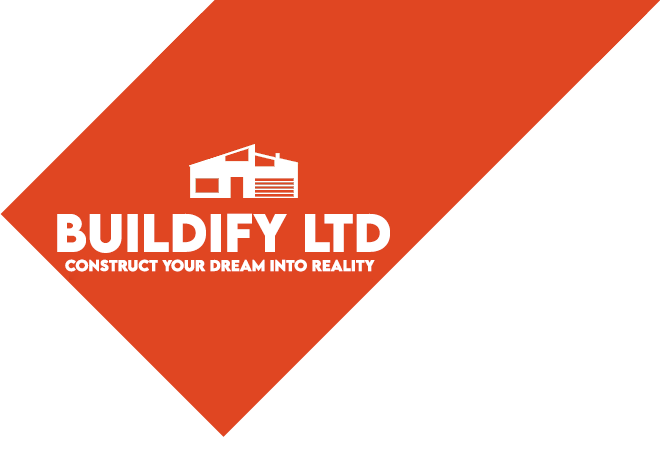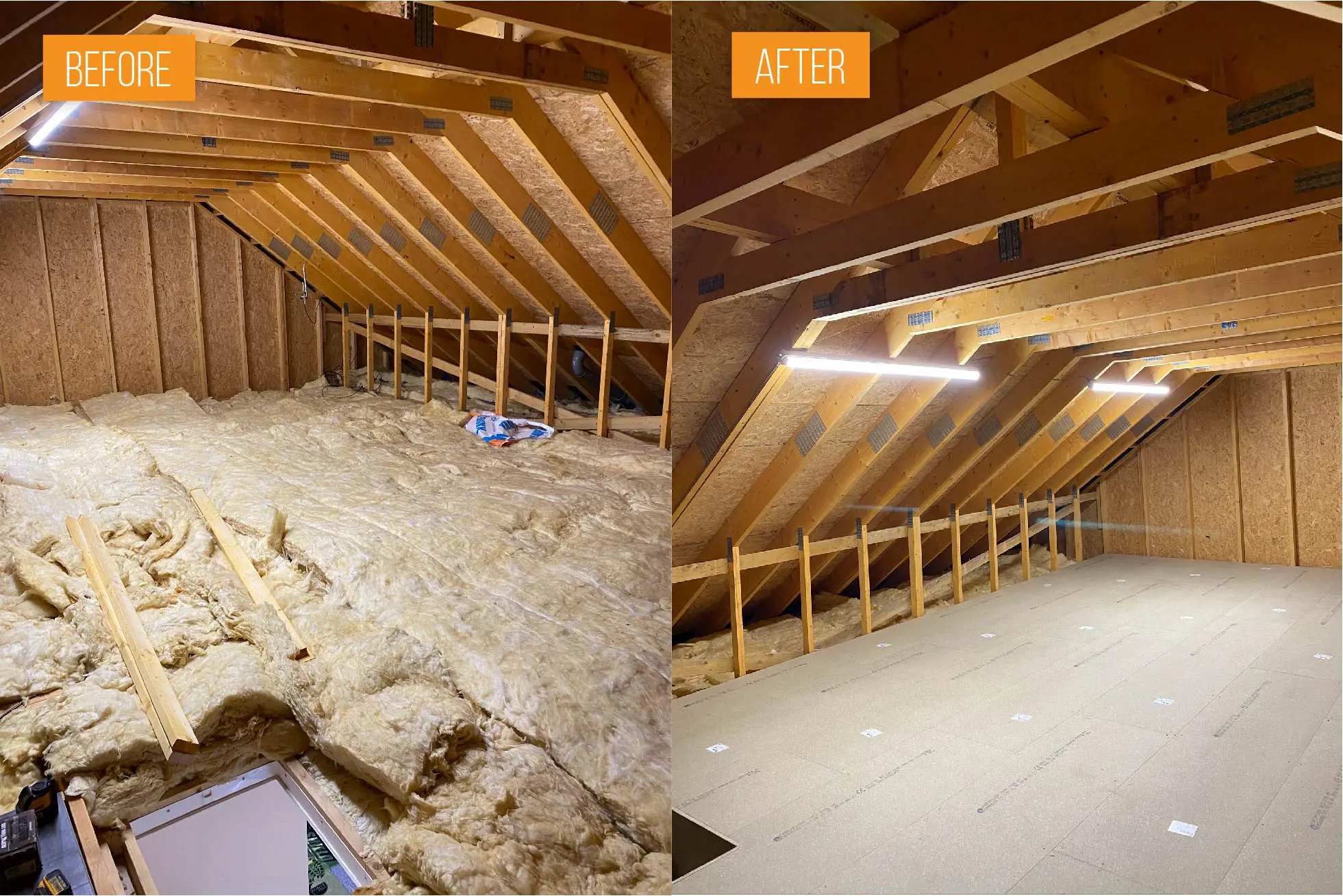Loft Boarding Guide
Are you trying to find out how to board a loft? If you want to board up a loft, this guide has everything you need to know. It has a step-by-step guide and lists of all the tools and materials you’ll need.
Why do I need to board up my loft?
If you board up your loft, you can store more things in it and move around more easily.
This is very helpful if you are having trouble finding a storage room in your home.

DIY Loft Boarding Process
Step 1: Measuring distance
Measure the distance between the centres of the joists to start. This will help you figure out how many loft legs you need.
Then you need to decide what size boards you will use. For a loft floor, 18mm is the most typical board thickness.

Step 2: Sheets
Once you know what size sheets you need, you can measure the loft space and figure out how many sheets you’ll need to cover it.

Step 3: Downlight protector
Overhead lights in the ceiling should have a downlight cover or protection on top of them. Make sure that the padding does not touch the light fixture.

Step 4: Screw first leg
Start where it’s easy to get to, like next to the loft hatch, and work your way around. Using your battery-operated drill, screw the first loft leg into place. The screws should go through the holes in the leg’s base and into the joist.

Step 5: Positioning
Use a straight edge to mark where the loft legs should go on other joists. Then, use the same method to screw the legs into place as you go.

Step 6: Repeat
Do this again and again across the joists until all the legs are in place in the area you want to board.

Step 7: Roll insulation
Then, put your insulation in place by rolling it up. Carefully cut a hole in the insulation where it meets a loft leg with a cutting knife, then push the leg through the insulation. Do this step again along the whole length of the loft.

Step 8: Loft boards installation
The loft boards can be placed after the insulation is in place. Install the first sheet on top of the loft legs. To keep it in place, drive a screw through the board and into the loft leg’s top platform.

Step 9: Tightening
Your loft boards might fit together with tongue and groove. As you keep putting the boards next to each other, make sure this is nice and tight.
Do this again and again until all of the boards are attached to all of the loft legs. You might have to cut some of the boards to get them around things or to fit in some lofts.

Step 10: Final
There should be no more problems with standing or walking on the finished floor once all the boards are attached to the legs.

Tools to Board a Loft
- Cordless drill and drill bits
- Hand saw Trimming knife
- Pencil
- Tape measure
Safety Gear to Board a Loft
- Builder’s gloves
- Dust mask
- Eye protection
- Knee pads
Things you need to board a loft
- Downlight cover or protector
- Insulation rolls (if it’s not currently at the correct depth)
- Loft boards
- Loft legs
- Screws
Steps to Take Before Boarding a Loft
If you want to board your loft, you should first take out any things you may have put there. Before boarding, you should also make sure that your loft has the right amount of insulation.
To follow the rules set by the government, your insulation must be at least 270 mm thick all the way through.
So you know where to step, you need to be able to see the joists in the floor. To get to the frames, you will need to take off any extra insulation.
Make sure it’s safe to get to the loft and that the ladder is locked down before you start the job.
Also, make sure there is enough light in the loft so that it is safe to move around and work can be done.
Before you do any work, you will also need to make sure that the loft has enough air flow.
Rules for insulating lofts
Before you board up your loft, you should check the building rules and planning permission to make sure your loft boarding is legal.
You don’t need permission from the building control department to board up your loft as long as it will only be used to store things that weigh less than 25 kg.
The loft insulation must also stay at the minimum 270mm depth. Before, a depth of 100 mm was needed. This changed, though, in 2013, though property owners don’t have to make the length longer to follow the new rules.
If you want to turn your loft into a living place, you will need to get planning permission and follow building regulations.
Loft Boarding Types
Even though there are different kinds of loft boards, loft legs are the best way to board a loft. This makes sure that your loft’s soundproofing meets government standards. Here is a list of different kinds of loft boards:
Insulation Boarding
You can buy insulation board that goes right on top of the joists. You can then put chipboard on top of these boards to make up for the insulation depth.
But these boards are pretty pricey, and because they block airflow, they can also lead to mould and condensation.
Laying Chipboard Directly on the Joists
This is a cheap way to board that is simple to set up. But this kind of boarding doesn’t allow for the suggested insulation depth, and the insulation may be squashed, which can lead to mould and condensation.
Using Loft Legs
With loft legs, you can raise the floor level. People think this is the best loft living. It leaves enough space under the floor for the insulation and air flow, which keeps dampness and damp from happening.
FAQs
How do you board up a loft that has insulation?
If you are boarding over insulation, you should make a high area of boards on top of the insulation. That’s possible with safe items like loft legs that let you make a raised board.
How much of my loft should I board?
The majority of landlords choose to board their whole loft. You don’t have to, though. You can board as much as you want, depending on your wants and preferences.
What effect will loft floors have on my insulation?
If you put the boards on higher loft legs like we say in our step-by-step guide, the flooring won’t affect the insulation.
How much weight does loft boarding support?
Most loft floor joists in the UK can hold up to 40 kg of weight per square metre. Don’t put too much stuff in your loft, because that can damage the joists and make the ceilings below crack.
If you have a lot of things stored in your loft, try to spread the weight out as much as possible.
Can I loft board without getting building permission?
Installing loft boarding in your home for storage does not require planning permission. But you will need planning permission if you want to turn your loft into a living space.









